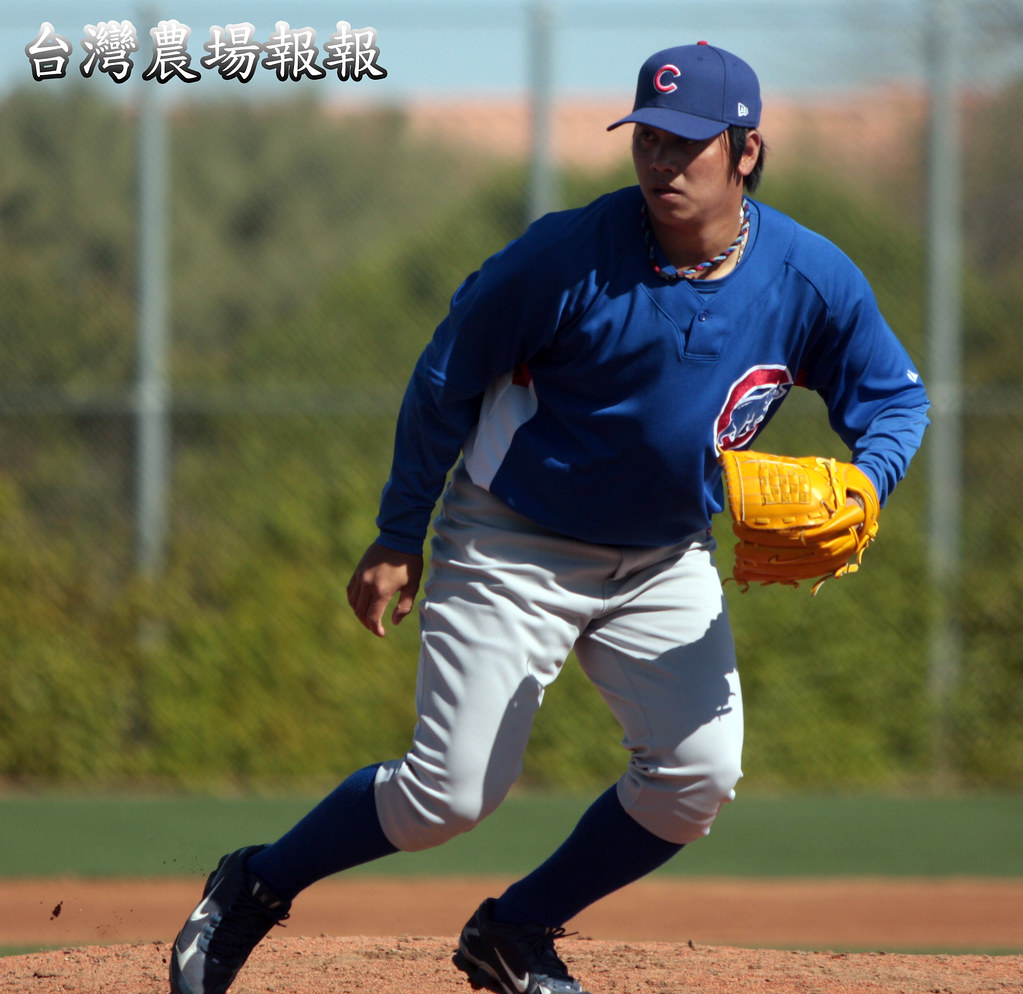 Arsenal
ArsenalOne of the most important things that separates a future starter and reliever is the number of pitches the pitcher can throw. A reliever only needs one or two dominating pitches because it's unlikely he'll see the same batter in a game more than once. A starter doesn't have that luxury and needs to have several pitches in order to keep the hitters off balance. A sharply thrown slider might strikeout a hitter the first time, but major league hitters learn quickly and the next time they see that slider they may hit it for a home run. Thus future starters usually command around 4 pitches. Rarely do you see a pitcher like Chien-Ming Wang who more or less gets by with only two pitches simply because his sinker was so dominant.
One pitch in particular that is usually more prevalent in starters than in relievers is the changeup. The changeup often needs some extra finesses and is more difficult to throw than breaking pitches like sliders and curves. Changeups are difficult to control at first and must be thrown down and away in order to maximize their effectiveness. If a pitcher hasn't mastered even an average changeup in the absence of two other dominating pitches, it's likely he'll end up in relief.
Control of the different pitches is the most critical factor for a pitcher to decide whether or not to use that particular pitch. You might read a scouting report that a pitcher has a sharp slider, however if he rarely is able to throw it where he wants or it flattens out too easily the pitcher is liable not to use it very often or at all.
Mechanics
Smooth mechanics is often an indicator of a pitcher's future health. It's actually easy to tell if a pitcher has poor mechanics, it's instinctive. Watch enough baseball and you'll know when a pitching motion seems a bit odd. If a pitcher has a hitch in his motion or has an odd arm action it probably means he's going to have arm trouble down the road. Often times it's difficult to drastically change a pitcher's motion because it's possible his odd motion is what gives him success. It's often a tradeoff between short term success and long term health. If he makes it to the majors he's succeeded, in a manner of speaking. However, if he's never healthy enough to make the majors then he's failed. Coaches are often divided on whether to change a pitcher's motion. Hong-Chi Kuo is a prime example of this. He twists his arm into a position that puts extraordinary pressure on his elbow often causing him to go on the DL. However, either LA coaches, Kuo, or both have concluded that it's this action that gives him his pitching ability and it's best that they not tamper with it.
Handedness
Most of you already know that lefties are much more valuable than righties. The primary reason for this is their scarcity and the fact that most lefty hitters have a hard time hitting left handed pitching. Thus, lefties are given every opportunity to succeed while righties with similar traits have long been released. And if a lefty pitcher has a sidearm motion like Fu-Te Ni then he can always look forward to a career just pitching to left handed hitters. It may not be a glorious job, but it's a roster spot in the majors.





沒有留言:
張貼留言